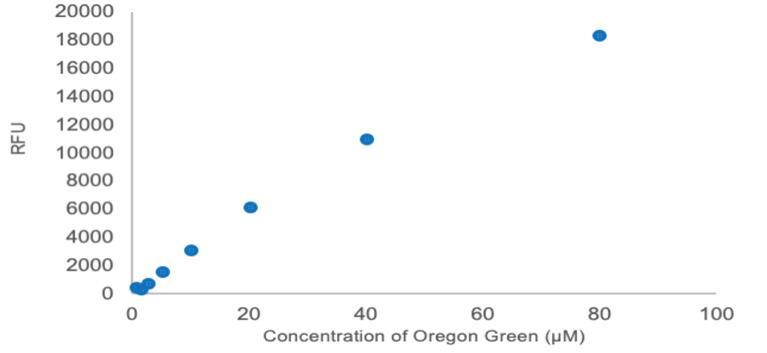
1 minute read
Intramolecular Difunctionalizations of Tethered Aminoalkenes with Hypervalent Iodine
Sara Safford and Connor Beveridge
Faculty Sponsor: Dr. Dmitry Liskin, Department of Molecular Biology and Chemistry
Abstract
The nitration, sulfamination, and chlorination of aminoalkenes are commonly used reactions that yield differently substituted nitrogen heterocycles. Nitrogen heterocycles, which include substituted pyrrolidines and piperidines, are heavily present in the pharmaceutical industry as the base of antibiotics, antifungals, and other medications. Therefore, there is a big demand for a cheaper, greener method to synthesize them. In the past, additions to aminoalkenes have been carried out with the use of metals as catalysts.1,2 Oxidative addition, reductive elimination, and ligand coupling are usually catalyzed by transition metals due to their ability to change oxidation state. They can lend electrons or withdraw electrons from the reagent, depending on the nature of the mechanism. However, the byproducts of such reactions are often harmful for the environment and toxic. Therefore, there is a need for a greener method to catalyze these widely used methods. In the past years, hypervalent iodine has emerged as a versatile oxidant in organic chemistry. Its structure and reactivity are similar to those of transition metals; however, iodine is cheaper and more environmentally friendly. Here we report the use of hypervalent iodine as the oxidant in the sulfamination, chlorination, and nitration of tethered aminoalkenes to yield pyrrolidines and piperidines, which have widely been utilized as important precursors for the synthesis of pharmaceuticals and biological active compounds.
Sara Safford graduated from Christopher Newport University in May 2020 with a Bachelor of Science in Biochemistry. She has been working with Dr. Dmitry Liskin since January 2019 in the MBCH department after she enjoyed learning about organic chemistry. She started shadowing Connor Beveridge, who was working for Dr. Liskin at the time, and she quickly became in charge of her own research. She has presented at the Southeastern Regional Meeting (SERMACS) in October 2019, where she discovered the importance of communication in science.








